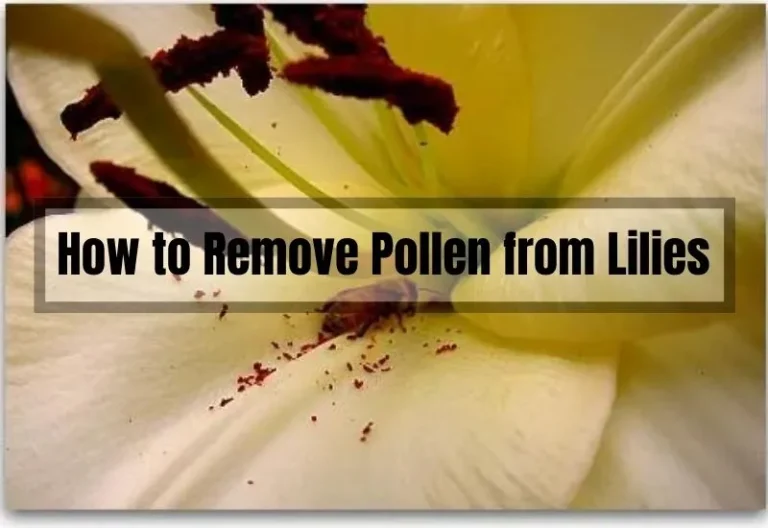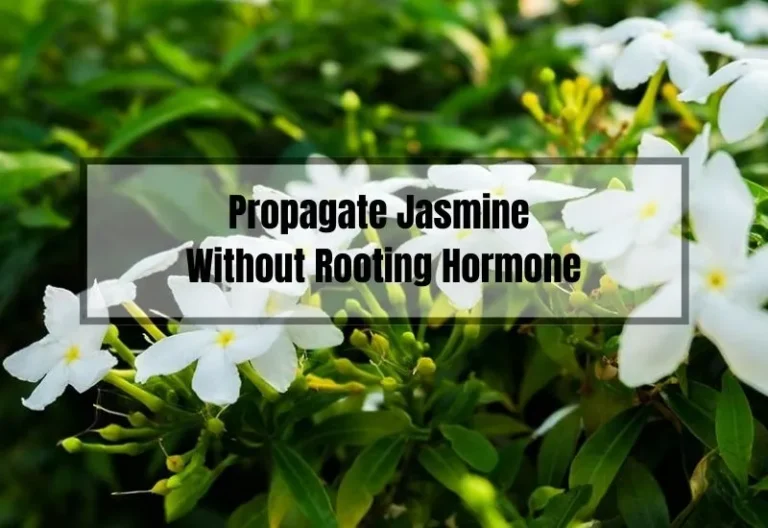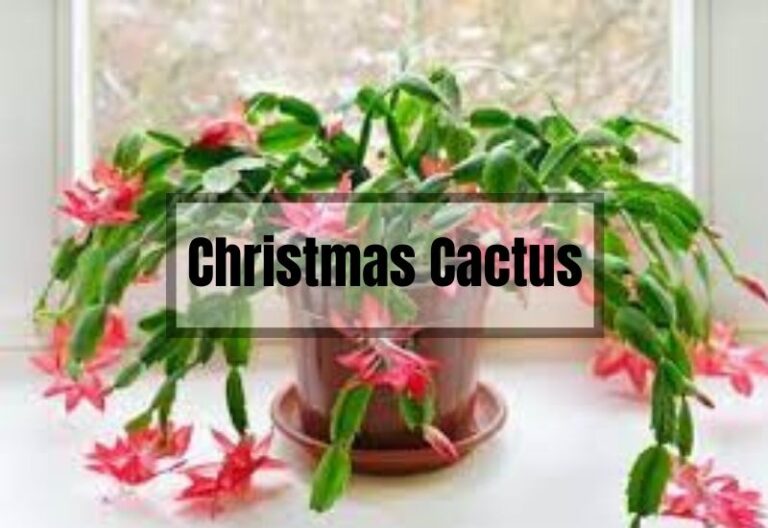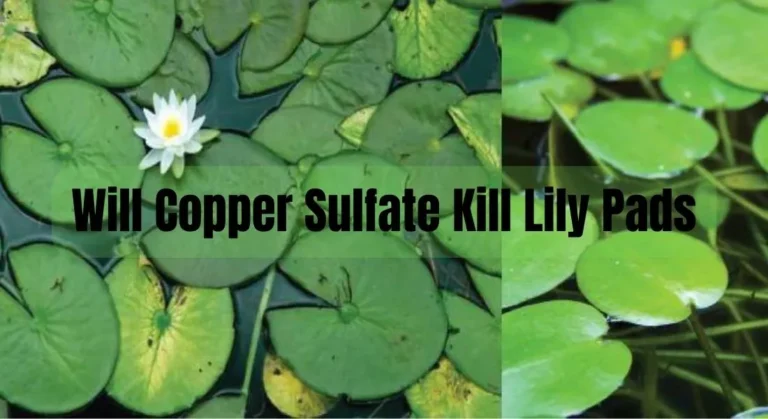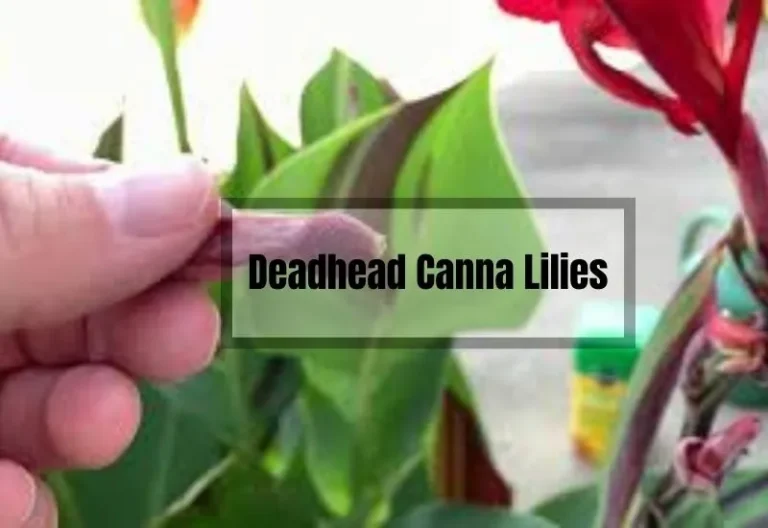Croton 101: How to Grow and Care for Croton Plant
I was searching for a type of indoor plant that would have bright and striking colors on its leaves. When I went to a plant nursery, I came across a specific plant that caught my attention – it was called Croton. Without hesitation, I decided to add it to my collection of indoor plants. What I found particularly beautiful about Crotons were the leaves that had various colors such as green, yellow, and pink, and also unique patterns on them that made me appreciate nature’s beauty even more.
Now, I want to share with you some tips on how to properly care for and grow Croton plants.

About Croton
Croton is a type of perennial evergreen shrub that belongs to the Euphorbiaceae or Spurge family. These shrubs are found in several regions across the globe, such as Malaysia, northern Australia, the Caribbean, and Indonesia.
The leaves of the Croton come in various shapes, sizes, and colors. They range from green, yellow, orange, blue-green, to pink. The thick, leathery leaves are adorned with splashes, splotches, stripes, and streaks of red. The typical height of a Croton plant is 2′-4′ feet.
These beautiful plants can make a great addition to any home. However, it’s interesting to note that the name ‘Croton’ is derived from a Greek word for tick. This is due to the plant’s pattern, which resembles the insect.
Crotons are sensitive to changes in their environment and do not like being moved from one place to another. If disturbed, they will shed their leaves as a sign of their displeasure. However, with proper care, they can quickly regain their beauty.
One of the most famous Croton varieties is the Codiaeum variegatum. These plants produce male and female flowers during early autumn. The male flowers have five white petals, while the female flowers are yellow and have no petals. Although the flowers are attractive, the foliage of the Croton is more striking. The plant also produces small fruits that contain three seeds.
It’s essential to note that Crotons are toxic to both humans and pets. The seeds and sap are particularly poisonous and can cause an upset stomach, nausea, and vomiting if ingested in large amounts. It’s best to keep these plants away from the reach of children and pets, and wear gloves while handling them.
Features and Characteristics of Croton
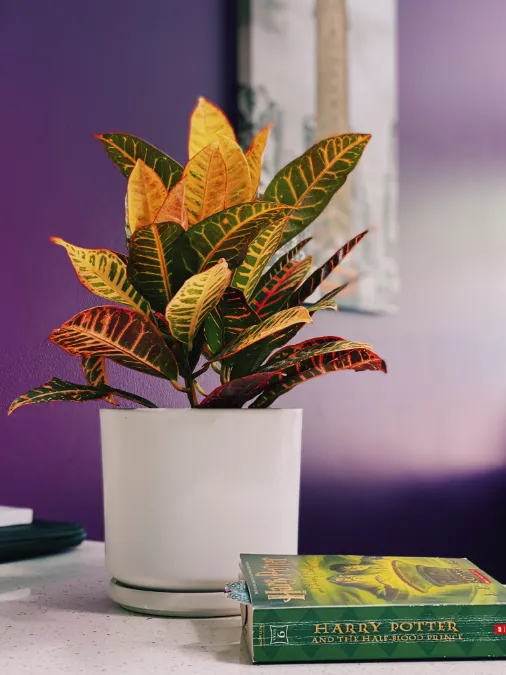
There are different types of crotons available in the market. The list is long but to name a few: Banana Croton, Eleanor Roosevelt Croton, Gold Dust Croton.
Gold Dust Croton
The leaves are bright green, waxy and oval in shape. The yellow splatters form a beautiful pattern on it. You can include this variety in this list of houseplants and for landscape. It decorates our patios and the green corner of our house.
Croton Mammy
It is one of the adorable dwarfs. Croton reaches a height up to two and a half feet. The leaves are green, purple and red with streamer-like leaves.
Red Iceton
The leaves are magical. As they mature the leaves change their color from yellow to pink and red.
Croton Magnificent
The leaves are like Gold Dust and covered with splashes of pink, orange, red, bronze, purple and yellow.
Oakleaf
The leaves consist of many fingers. Each finger consists of green and bronze with yellow, red-orange veining.
Zanzibar
The leaves are slender and long. Each leaf has a smear of red, orange, purple and gold.
Mother & Daughter
The leaves are long, slender and dual. They have rounded tips. The leaves have beautiful dark green to deep purple color.
Eleanor Roosevelt Croton
They have elegant long slender leaves. These leaves have a green base, purple shading and yellow splashes. They are one of the most attractive varieties.
Croton Petra
The leaves are like teardrops shape. They are green covered with orange, red or yellow veins and edges.
Banana Croton
It reaches three to four feet tall at maturity. Bright green lance-shaped leaves highlights splotches of banana yellow.
Andrew Croton
The leaves are long, narrow deep green in color with cream color streaks and edges. The height of this variety varies if you grow it in indoors or outdoors. It grows up to 5 feet when grown outdoor, and 3 feet when you grow it as an indoor houseplant. In both the location they are eye- catcher.
Bush on Fire Croton
The leaves are dark green in color with pink, orange, yellow, and red splashes on them resemble colors of fire.
Chocolate Caricature Jamacian Croton
The leaves are chocolate brownish-green leaves. These leaves have a beautiful cover of pink and bronze in the interior part of the upper side of the leaves.
Dreadlocks Croton
The leaves twist and form the dreadlock appearance. They change their colors in different shades of red, yellow, and orange with grace as they age.
Excellent Croton C. variegatum var. pictum
The foliage has excellent vibrant green, purple, yellow, orange, red, and bronze colors. The gorgeous collection of vibrant color leaves attract visitors.
Florida Select Croton
The leaves are smooth, green, velvet-like leaves. They have orange, red, purple and yellow veining. As it ages it send us a sign by changing its color. It changes from light green to medium to dark and finally to black shade.
Gold Star Croton
The leaves are linear-shaped green in color with bright yellow spots. These spots appear like stars in golden color. Isn’t it fantastic?
How to Grow Croton
Potting mix
We need to choose soil that can keep moisture, well-draining, and contains a lot of nutrients. So you can add compost to it to give a boost to nutrient content. The combination of organic compost and peat moss is best. Don’t use rock soils as it will change the pH. The pH of the soil should be 4.5-6.5.
Watering
It relishes and flourishes in moist soil. Do not overwater the soil and keep it soggy. This over pampering will affect its roots. Check the top inch of soil. This indicates that it is time for watering. Water it till it runs through the soil. Let the water drain and keep the appropriate amount of water in it. Water it again when the top inch of soil is dry.
Light
They love bright indirect sunlight. You can find this kind of light in the east, south, and west-facing windows. The direct sunlight exposure will affect their beautiful bold leaves. The amount of light also affects the vibrant color of our Croton foliage.
Temperature
They cherish the temperature between 55-80 degrees F. If it is cold outside then keep it indoors.
Humidity
They love moisture. The humidity level should be between 40-80%. The low humidity invites spider mites. There are several ways to maintain humidity.
The best would be to have a humidifier to please our dear Crotons. The misting procedure is an alternative to this. Take some water in the spray bottle and mist leaves once a week if there is no enough humidity around.
You can keep our Crotons with other indoor houseplants. They together help each other to maintain humidity. You can take a dish or a tray. Lay some pebbles on to it. Now add some water to damp pebbles. Place your pot containing Croton plant on to this setup. Don’t sink the pot into the water otherwise; it will increase the chances of root rotting.
Be aware and take care of our dear Crotons.
Container
You should choose a container with enough drainage holes. Look at the root ball of your Croton and choose a container that is one third larger than the root ball.
Fertilizer
You can do this in the spring and summer seasons. You can use liquid or slow-release liquid fertilizer. The surplus addition of fertilizer will damage roots and cause dullness of leaves. You can fertilize only a couple of times during the growing season. You can follow this schedule: Feed your Croton once in late February or early March. Later on, once in May.
If your Croton is young, you may consider the third feeding. This you can do it in mid-summer.
Do not fertilize in the winter and autumn season. If you fertilize your Croton less in the growing seasons then feed it in the winter season. You may consider feeding it once a month in the winter season if needed.
Propagating of Croton
There are three ways through which you can propagate your Croton.
Propagation via stem cutting
Cut one of the stems from your grown Croton plant. The stem cutting sections should be at least 4-6 inches long. The best time to collect these cutting is while pruning. Cut the stem below the node. Node is the part from where the leaves found to attach to the stem.
Remove bottom leaves and keep 3-5 top leaves. Keep this cutting in water. You should change the water every couple of days. After a few days, roots emerge out of it. You can also dip the stem cuttings in rooting hormone. Place these cuttings in the appropriate potting mix as mentioned above.
Cover it with a plastic bag so to mimic greenhouse conditions. You should provide appropriate conditions for it to flourish and grow. You may find the information about the best conditions in the ‘how to grow Croton’ section. Remove the plastic bag as you find its roots growing.
Propagation via separating roots
Remove your Croton from the existing container. Separate out root sections while repotting. Place each section in a different container having a potting mix. They don’t like to move from one pot to another. They will shed some leaves after propagating via the root separating method. Don’t worry they will regain their beautiful charm if you give them appropriate care.
Propagation via air layering method
Choose a sturdy stem. Don’t cut it. Make a diagonal slit or you may also go about halfway through the stem. Keep the slit open by pushing a toothpick or match stick between the slit. Cover the slit with moist sphagnum moss and wrap plastic around the slit. Keep a watch on this setting.
You have to moist the moss whenever it starts to tan. After a few weeks, you will observe roots emerging out of it. Now it is time to separate it from the main plant. You can now plant this stem with roots in a potting mix. Provide it with appropriate conditions and care.
Potting and Repotting
You can plant your Croton outside as well as you can keep it indoors.
If you plan to plant it outside then make sure to choose a place where there is plenty of sunlight. If you plan to plant more than one Croton in a row then keep a distance of 2-3 feet between them. This will allow the free growth of your dear Croton.
Dig a hole several inches down. Remove your Croton from the existing container. Separate out some root sections while repotting. Now fill up space with a potting mix. Fix it in a place. Provide appropriate conditions and care. Follow the above section of ‘how to grow Croton’ to know about the conditions needed for best growth.
If you Plan to Grow it Indoors then Follow this.
Choose the container with enough drainage holes. Remember Croton hates soggy soil and loves moist soil. Use a planter or container one third larger than the root ball. Remove your Croton from the existing container. Fill the container about a third of the way full of potting mix.
Now place the root ball of your Croton. Now put some potting mix around the root ball. Leave some space between the soil surface and the rim of the container. Water the plant. Take care of our Croton by providing appropriate conditions to grow and flourish. You may check the ‘How to grow Croton’ section for detailed information.
Common Problems and Solutions
Issue: Leaves drooping and curling up
Solution: This is a sign of under-watering. Please water your Croton as the topsoil gets dried up.
Issue: Our Croton leaves are showing signs of discoloration and yellow, brown spots.
Solution: This is because of Anthracnose disease. It is a fungal infection. This spot expands and combine. The part turns dark in color. To avoid this infection water your Croton at the base instead of on the leaves.
You can also remove the affected area to restrict its spread to other healthy leaves. A fungicide is also an option but it is better to remove the affected part of our dear Croton. Don’t use this plant to make compost.
Issue: Our Croton leaves show large holes with irregular edges.
Solution: Caterpillars feed on Croton. To get rid of them you can form a layer of diatomaceous earth around the plant.
Issue: The foliage of our Croton has curled and is yellow.
Solution: This is due to the attack of Mealybugs. If you have a close look at your Croton you may also find honeydew. It is the clear tacky material. You can use neem oil to get rid of it. You can also spray diluted soapy water on it with the help of a spray bottle.
Issue: Croton is not exhibiting a vibrant range of colors. It shows up only green foliage.
Solution: If you want your Croton to be healthy and showy with vibrant colors then expose it to sunlight. It needs more light.
Issue: Gray patches on our Croton.
Solution: This is because of the burning of leaves due to ample sunlight. You should provide bright indirect sunlight. You can use an umbrella or shade cloth to avoid overexposure to sunlight if grown outdoors. You can shift it to another window or place where it can get an appropriate amount of sunlight if grown indoors.
Issue: The unnatural twisting of leaves.
Solution: It is because of the overuse of fertilizer. Please refer to the above ‘How to grow Croton’ section for more details.
Issue: Croton leaves are turning dull.
Solution: Use a moist paper towel to wipe off leaves. Use neem oil and water mixture for wiping off leaves. This will also help you to remove unwanted pests if gone unnoticed.
Issue: Croton leaves look blistered.
Solution: It is because of over-watering. Oedema occurs because of over-watering.
Issue: Croton’s leaf veins and stems are swollen.
Solution: This is because of Agrobacterium tumefaciens infection. It is a bacteria that harbors in soil and leads to the formation of the crown ball. The crown ball is the swollen leaf veins and stems.
Issue: Croton leaves have soft, black spots.
Solution: This is because of Anthracnose. Anthracnose occurs due to fungus.
Issue: Our Croton leaves have a white, powdery substance on it.
Solution: This is powdery mildew. This occurs because of constant dampening leaves. Avoid misting for while and Don’t water leaves. Add water to the soil.
Issue: Croton leaves edges turning brown.
Solution: This is because of exposure to cold temperature. Keep it in a warmer location or get it indoors during the cold season.
Issue: Leaves of Crotons are wilting.
Solution: You are overwatering it. Follow the above watering section to know how much to water and how often to water.
Issue: Our Crotons exhibits yellow, brown spots, pale, white leaves along with webs on it.
Solution: This is a sign of spider mites attack. Take warm water with a little amount of liquid dish wash mixed in it. Dip a cotton cloth into this mix and wipe off leaves.
Uses of Croton
You can use Crotons to decorate gardens and patios. They also made their place in theme parks. You can use oil of Croton tiglium as a laxative. Croton can remove pollutants from the air. NASA also supports this through its research.
hey are a wonderful piece of beauty in the floral arrangements. They add a tropical feel to your beautiful home decor. They are magical as they change color as it grows old.
Conclusion
Crotons are one of the best easy to care indoor plant. It will give you enough time to watch T.V and do other things. The foliage attracts the eyes of visitors. It gives a tropical feel to our green corner. It can go along with other houseplants as a part of the home decor.
Take care of your dear Croton and if you have not grown it yet then do consider it in your list.

